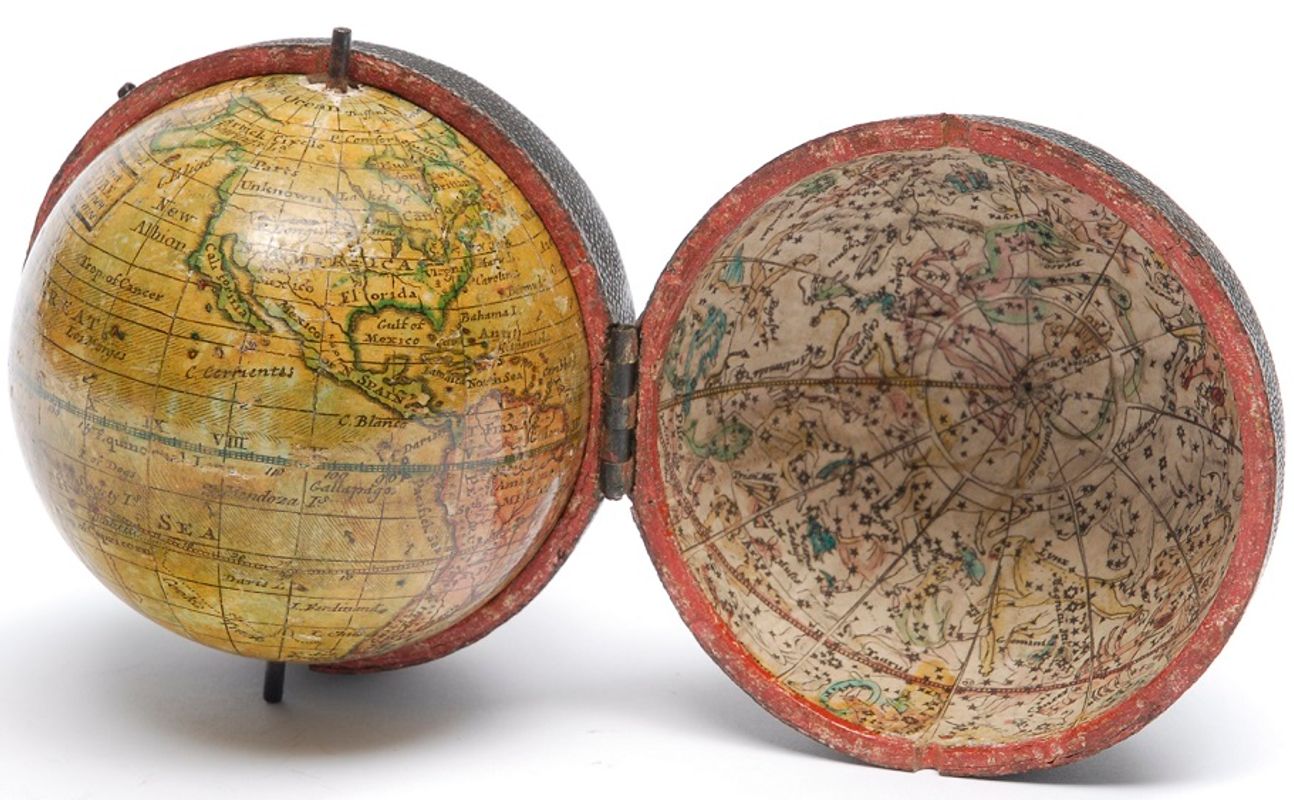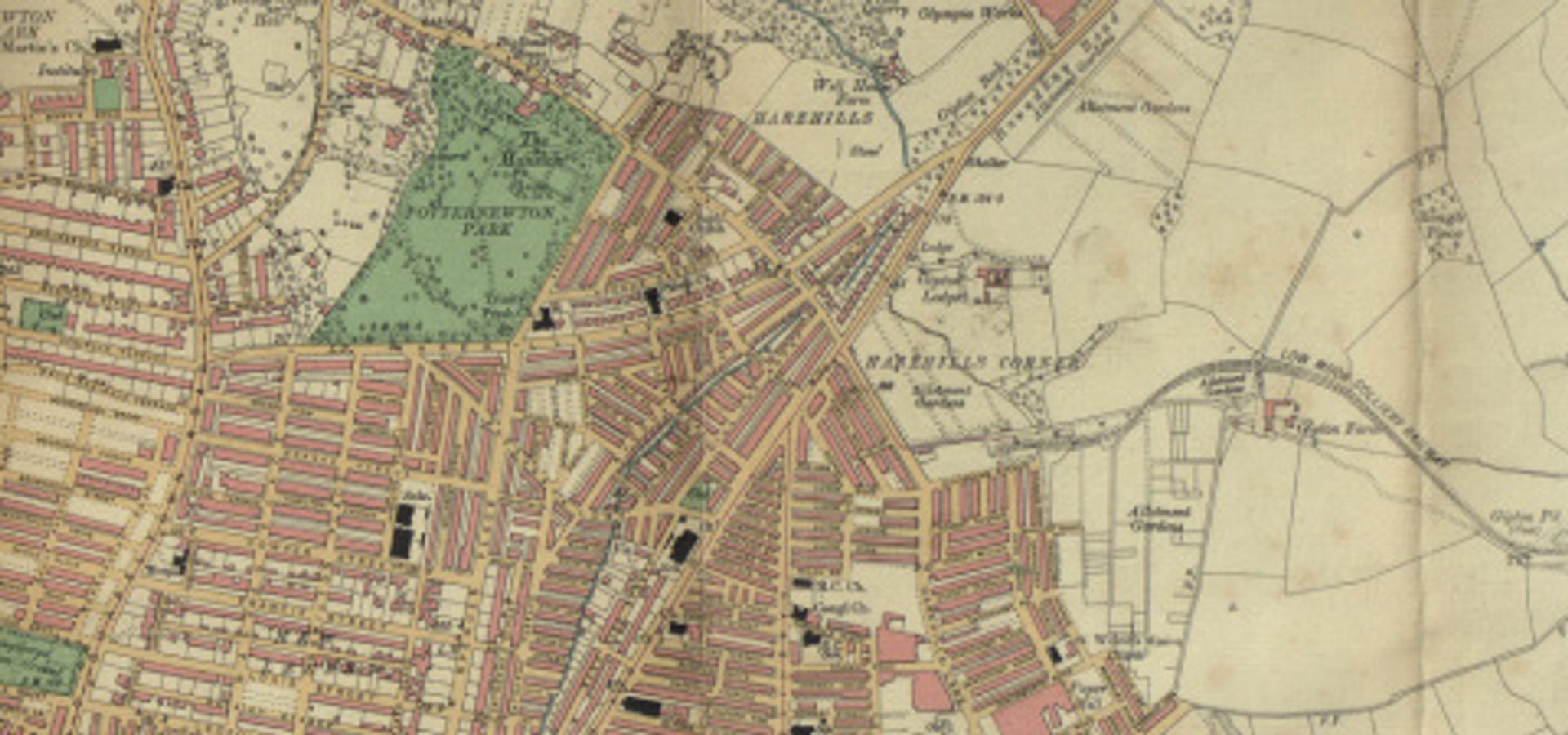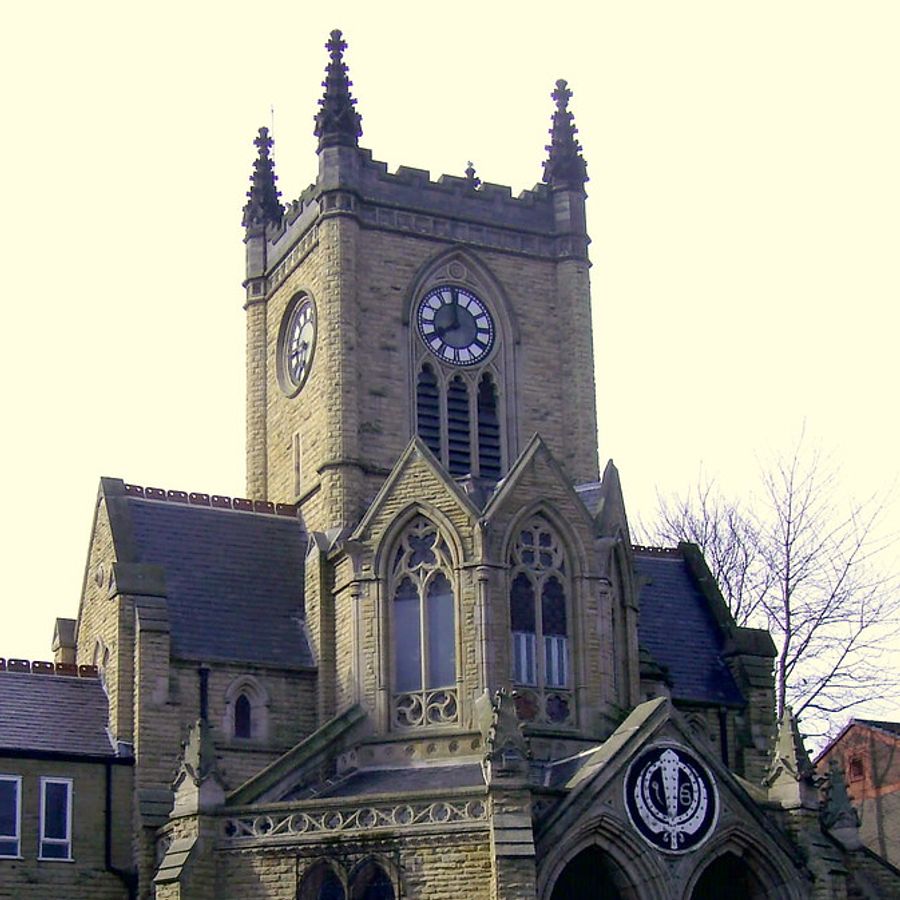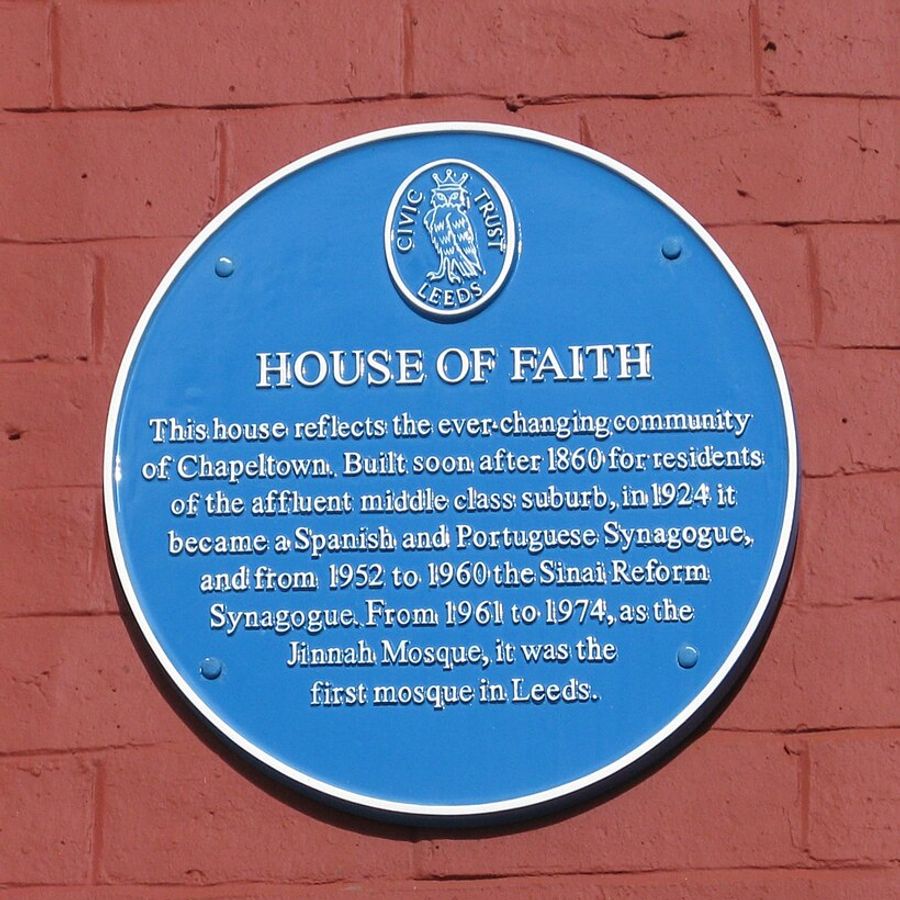
Leeds: A Multicultural Hub
Leeds is home to several well-established communities who have arrived from across the globe, with individuals having roots in nearby Ireland and others as far as the Caribbean and Pakistan. These communities have all played an important role in the formation of Leeds as the multicultural city we know today. This blog post explores the colourful histories behind the city’s many communities.
The history of faith-based buildings in Leeds has been of special interest as many of the early Churches, Synagogues, Mosques and Gurdwaras reflect the social history of the areas where the communities settled. Harehills and Chapeltown saw the largest numbers of migrants, and today Gipton and Harehills are the second most populous ward (Census 2011), but at the turn of the 19th century these parts of the city were largely uninhabited.

Early Irish Migration to Harehills and Richmond Hill
The first real wave of migration to Harehills and Richmond Hill came from Ireland, where Irish workers were escaping the hardships of the devastating Potato Famine. The now unused Mount St. Mary’s church, which opened in 1857, stands as a reminder of the early Irish community who were in need of an accessible Catholic church in the local area. By 1861 in this area of the city, 85% of the population were Irish. The continued growth of the Irish population then led to the construction of 9 more churches throughout Leeds.
The Growth of the Sikh Community in Leeds
The Sikh community of Leeds are a much later arrival, with immigration beginning around the 1940s, predominantly around Chapeltown Road. By the 1950s there were only around 50 Sikhs in Leeds. By 1958, several members of the community came together to discuss the possibility of purchasing land to build a Gurdwara and funds were raised by Sikhs from across the Yorkshire region. This first building was at 3 Saville Road in Chapeltown. The community grew rapidly in the 1960s due to a combination of push and pull factors as well as Sikh men being able to bring their wives and families to the UK. By 1962, a new Gurdwara was deemed necessary and an old Methodist church was bought and converted for the Sikh community to use.
The story of religious buildings changing hands seems to be part-and-parcel of the story of Leeds’ migrant communities, with examples across the city. A striking example of the co-operation between these communities was when the early Muslim (largely Pakistani and Bengali) community were hoping to purchase land for a Mosque but at the time nobody was willing to sell land to be used for this purpose: eventually it was the Jewish community who offered to sell an old prayer hall which became Jinnah Mosque in 1968.
You can explore the History and Leeds, including its migration story at Leeds City Museum.
Thanks to by David Harrison for the origonal blog post about Leeds Migratin Stories.



